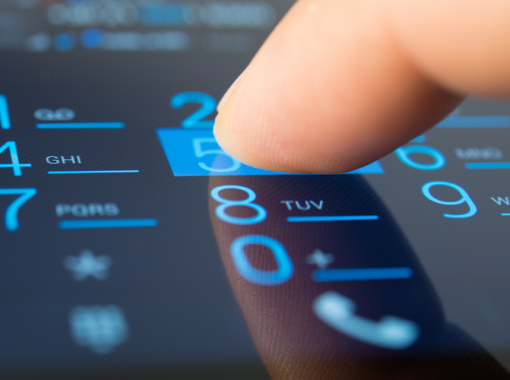
If you are in the market to get a toll-free number, you probably wonder what it means to set up a custom 800 number versus choosing to buy an 888 number. You probably know about some of the differences between toll-free numbers and other types of business phone numbers. However, you probably haven’t taken the time to explore what 800 and 888 numbers really are. Believe it or not, there are some things to consider when you are considering buying a toll-free number for your business. Let’s take a closer look at what toll-free numbers are and what sets them apart.
What are Toll-Free Numbers?
Toll-free numbers are telephone numbers with distinct three-digit codes. Businesses often use toll-free numbers because callers can dial these numbers from landlines free of charge. For almost half a century, businesses have commonly used 800 numbers. The first 800 toll-free number appeared in 1967. As time went on and toll-free numbers became more affordable for the average company, the popularity of 800 businesses grew exponentially. Eventually, businesses exhausted the options for 800 numbers, and it became necessary to expand to other toll-free prefixes to meet demand. To help solve this issue, the FCC created other prefixes, including a rollout of the 888 toll-free prefixes in 1996.
How Businesses Use Toll-Free Numbers
Toll-free numbers for businesses get commonly used for customer-service calls. Toll-free service has traditionally provided potential customers and others with a free and convenient way to contact businesses. In addition, businesses can create text-enabled toll-free numbers to communicate with their customers. For example, businesses can use their phone number for SMS marketing. In addition to text message marketing, businesses can connect with customers directly. They can allow customers to send text messages to a text-enabled toll-free number, and they can send texts in response.
Another benefit of toll-free numbers is that businesses can use them for call tracking. Call tracking gives businesses insights into their call history, including incoming phone calls, call origination, and the marketing campaign used to make the call.
Differences Between 800 and 888 Numbers
In the United States, toll-free 800 numbers are the most common subscribed toll-free prefix. Therefore, an 800 number is easily recognized by the consumer as a legitimate business phone number. Since 888 numbers have been available for less than 800 numbers, there are some differences between the two business phone number prefixes.
First, most customers automatically recognize 800 numbers as toll-free numbers, mainly because numbers with the 800 prefix have been around the longest. Many consumers have seen 800 numbers in advertisements and have used them to contact a business. Although an 888 business number works the same way, customers may not realize it is also toll-free. Businesses need to advertise that their 888 phone number is toll-free to remind consumers that it will not cost them anything when they use it to call you.
How to Choose Between 800 and 888 Numbers
Choosing the correct number depends on your goals and the availability of the toll-free number. For example, while consumers more widely recognize an 800 number as a toll-free business phone, that popularity comes with a drawback. The number you want may not be available. That can be especially important if you are very interested in using a vanity number. For example, startup businesses choose to use toll-free vanity numbers to help them successfully grow. Just remember that it may make more sense for you to use an 888 number if you can reap the benefits of using a vanity phone number.
If you are certain of an 800 number, you can first look at which toll-free numbers are available. You can browse available numbers and pick one with an 800 prefix that gives your business phone the toll-free number recognition that resonates with consumers.
Regardless of the prefix right for you, you can also take advantage of affordable, flexible toll-free number plans. If you already have an existing toll-free number that you don’t want to part with, you can seamlessly transfer it to your 800.com service.












